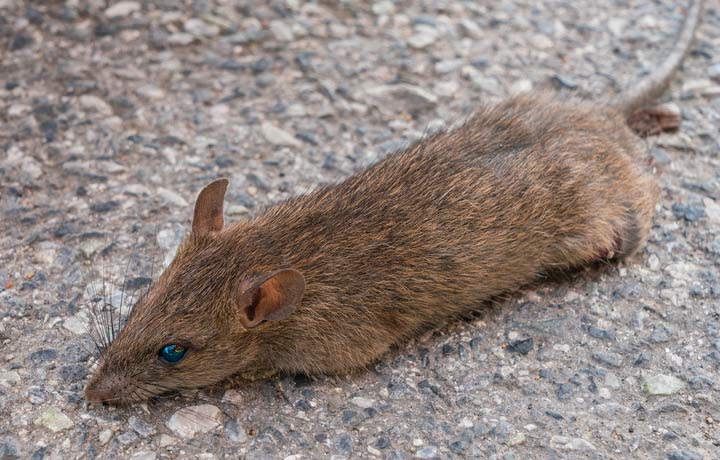NYC Rat Exterminators: Manhattan, Brooklyn, and Queens

Full Force Rat Exterminators provides quality rodent pest control to residential and commercial businesses throughout Manhattan, Brooklyn, and Queens.
Rats
R. Rattus
Rats cause damage everywhere they go. They contaminate and eat whatever food they find. They destroy structures and homes and are disease-ridden, easily passing food poisoning and rat bite fever to humans and animals. Rats will enter a place any way the can – climbing, jumping, gnawing and swimming through sewers.They’ll climb up through toilets and broken drains. They’re deadly nuisances that adapt to most climates and conditions.
The Norway Rat (aka Brown Rat, Sewer Rat)
Rattus Norvegicus
A Norway rat has shaggy brown or gray fur, with their tails and ears covered in scales. Their tails are shorter than their heads and bodies. They can grow up to 16 inches long with eight inch tails. Norway rats make burrows along rubbish and woodpiles, building foundations, and damp fields and gardens. Norway rats are nocturnal and hide during the day. Spotting them in the daytime is a sign of a large infestation.
They’re good swimmers and make nests close to water sources. They build them out of fibrous materials like shredded papers and cloth. Norway rats invade basements, crawlspaces, sewers, and ground floors, but will also reside in attics. While burrowing, Norway rats can damage foundations and building slabs. They gnaw on metals like copper and lead, and wood and plastic. They damage gardens, crops, and plants.
Norway rats eat meats, fish, nuts, fruits and cereal grains. They rarely travel further than 300ft. from their nests and burrows. The female can birth four to six litters a year, weaning 20 or more offspring.
Roof Rats (aka Black rats)
R. Rattus
Roof rats are smaller than Norway rats, but their tails are longer than their heads and bodies. Their fur is sleek and smooth, dark brown to black. They have pointy noses and larger heads and ears. They’re agile and fast climbers. Roof rats rarely make burrows. They nest in above ground in trees, shrubs, and areas with dense vegetation. Roof rats feed on nuts, fruits, berries, snails and slugs. They love citrus and avocado and eat bark and fruit right off the trees. They hoard nuts and seeds. The females have three to five litters a year with five to eight offspring in each.
At night they’re seen scampering across utility lines and fences. In homes and buildings they’ll live in walls, attics, false ceilings, and cabinets. They prefer warmer ocean climates. Like Norway rats, they’ll enter places through sewers, gaps, openings, climbing, jumping and gnawing through materials.
The two rat species don’t get along, despite similarities such as feeding. The larger Norway rat dominates whenever they share a dwelling and can kill a Roof rat in a fight. The two species can’t interbreed.
